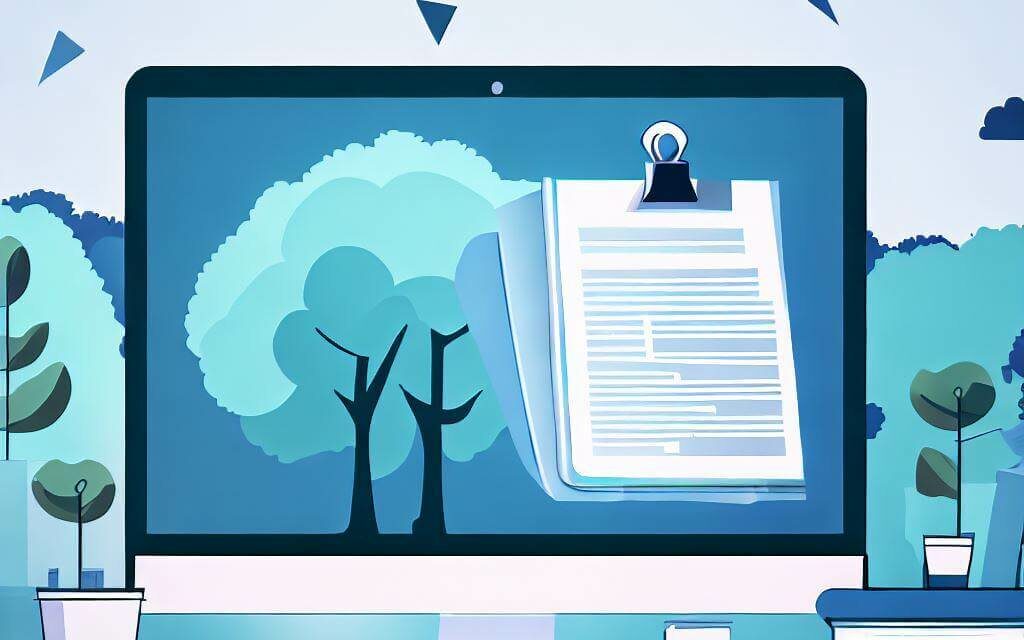The digital age has transformed numerous facets of our lives, one of which is the way we manage and store information. The shift from paper to digital formats offers several advantages, but it isn’t without its challenges. Let’s delve deeper into the world of going paperless.
- Advantages of Going Paperless:
- Environmental Impact: Going paperless reduces deforestation and conserves water (it takes 10 liters of water to produce a single A4 sheet).
- Efficiency and Accessibility: Digital documents can be accessed, edited, and shared instantaneously from anywhere, streamlining workflows and collaboration.
- Cost Savings: The costs associated with printing, storing, and shipping paper documents can add up. Digital storage solutions, on the other hand, are increasingly affordable.
- Safety and Security: With the right security measures, digital files can be more secure than paper ones. There’s less risk of loss due to fires or misplacement, and encryption can protect sensitive information.
- Space Conservation: Say goodbye to bulky file cabinets and storage rooms. A single hard drive or cloud storage solution can hold vast amounts of data.
- Drawbacks of Going Paperless:
- Initial Transition Effort: Shifting from paper to digital, especially in established businesses, requires a concerted effort, involving scanning existing paper documents, training staff, and setting up digital infrastructure.
- Dependence on Technology: With digitalization comes the reliance on technology. Power outages, software glitches, or hardware malfunctions can hamper access.
- Cybersecurity Concerns: Digital storage, if not adequately protected, is susceptible to cyberattacks, hacking, and data breaches.
- Learning Curve: Especially for those accustomed to paper-based systems, adapting to digital methods can be a challenge and may require time and training.
Conclusion
Embracing the paperless revolution is an eco-friendly and efficient way of managing information in today’s fast-paced world. While the transition comes with its own set of challenges, the benefits often outweigh the downsides. As with any significant change, it requires thoughtful planning, the right tools, and a commitment to adapt.






